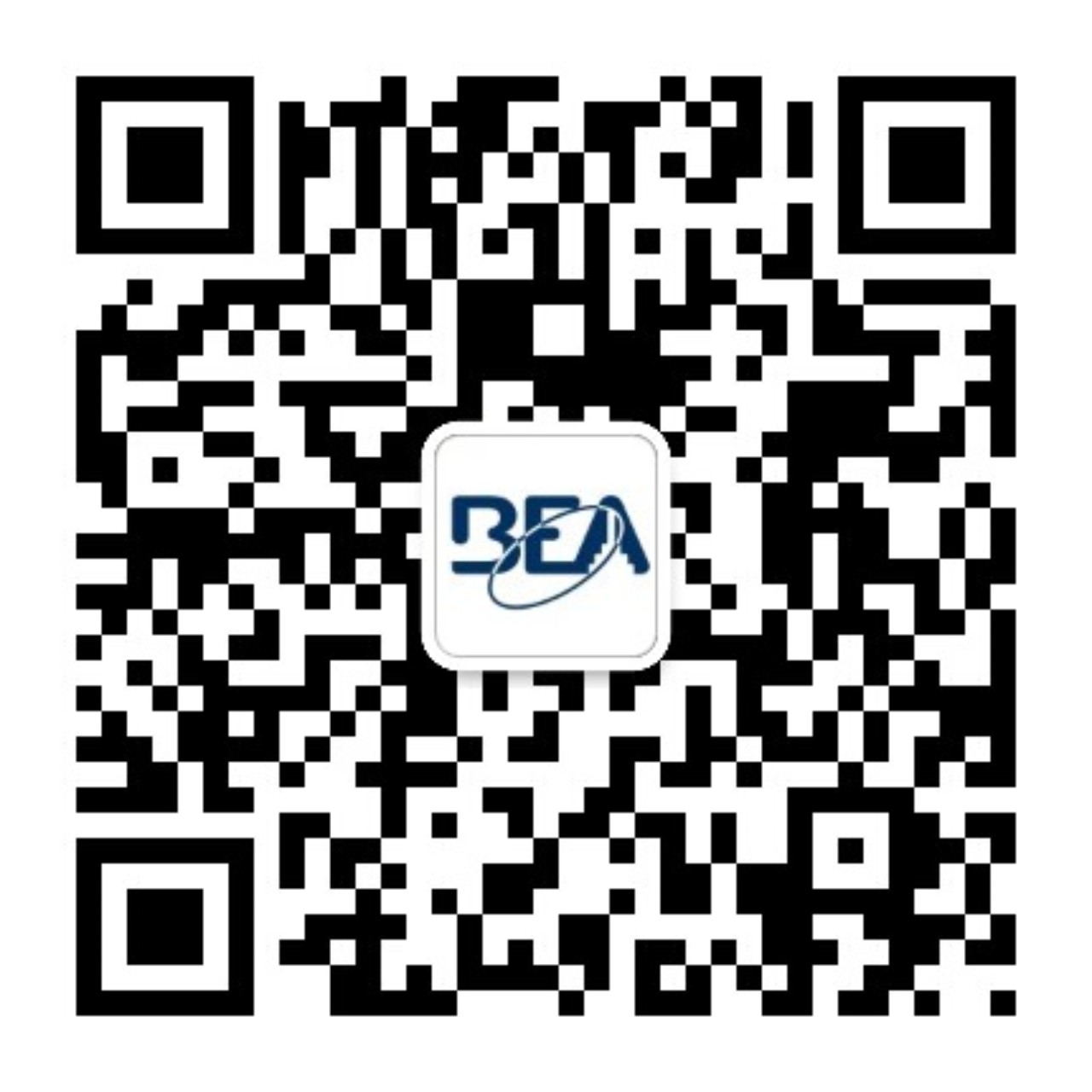Because of the added convenience, improved safety, a seamless, hands-free entry experience to pedestrians but also various benefits such as energy saving and hygiene they bring, automatic doors are now widely used in shopping malls, hotels, airports, plants, warehouses, hospitals etc. While in bringing in the convenience and easy access, automatic doors may also be very dangerous especially with improper installation, maintaince, sometimes can be fatal injuries.
For each type of door, the danger points lie in different aspects. In previous articles we have shared very detailed danger points for each type of door and how to avoid the danger points, if you haven’t read the articles or would like to reflect the information, you may find them here as below:
- Safety First! How to Enhance the Safety of Automatic Sliding Doors?
- Safety First! How to Enhance the Safety of Automatic Swing Doors?
Here in this article we would like to share how different sensor technologies keep automatic doors safe.
Active Infrared with Background Analysis
An active infrared sensor is one that emits infrared light in a well-defined area and analyzes the reflections that come back. Background analysis always works with a background (e.g. a sensor shines infrared light on the floor). In this case, the sensor lights up one or more areas and analyzes the energy that returns. Detection is triggered if there is any significant difference when compared to the original picture.
This technology, which is highly sensitive, is an ideal method for detecting static objects close to a door. It is often combined with a radar sensor to provide the option for opening doors (radar) and safeguarding objects (infrared) using a single device. Often used on sliding doors.

BEA’s below products use this technology:
Active Infrared with Background Suppression
Background suppression works on the principle of ‘triangulation, in which the sensor calculates the distance to an object by taking into account the distance between the emitter and receiver. The emission angle is already known, and the reflection angle becomes the key element as the distance to the object can be calculated according to the position of the reflected spot on the receiver side. (a triangle can be drawn when you know one distance and two angles).
This technology, which requires a small, uncovered zone on the floor, facilitates the detection of static objects without being influenced by the reflectivity of the background. It is therefore mostly used when the background is likely to change (e.g. sensor is fixed on a moving door panel). Often used on swing door.

BEA’s below products use this technology:
- 4SAFE, safety sensor, EN16005
- EYE-TECH, presence sensor
- 1SAFE/SMART FOCUS, safety sensor
Laser
Laser technology works according to the principle of time of flight. The sensor sends an intense light impulse in a defined direction and measures the time until the signal returns. As the speed of light is a constant value (approximately 300,000 km/s), this time is directly proportional to the distance between the sensor and the first object encountered by the light impulse. As a result, and by sending multiple beams in multiple directions (2D or 3D), the sensor is capable of knowing the exact position of any object in its detection area at any given time.
By analyzing this information over a very short period of time, it is easy to determine the shape, speed, and direction of any object. LASER technology provides a precise and accurate method in current market products and delivers an ever-higher level of safety.
Thanks to its precise detection technology, the laser sensor is easy to install yet providing complete safety on the hinge side (protecting fingers and removing the need for installing mechanical guards), door panel where there are no gaps in detection files (compared to traditional IR curtains) and extended zone where the edges of doors are also kept safe. (one discrete sensor – 3 zone coverage).
With the LZR®-FLATSCAN 3D technology, we can even use the Laser curtains with adaptive volumetric detection field, which prevents unnecessary door movements in case of objects in the path of door.

BEA’s below products use this technology:
- LZR®-FLATSCAN 3D SW, safety sensors for swing doors, EN16005/DIN18650
- LZR®-FLATSCAN SW, safety sensor for swing doors, EN16005
- LZR®-FLATSCAN REV-PZ, safety sensors for revolving doors, EN16005/DIN18650
- LZR®-FLATSCAN REV-LZ, safety sensors for revolving doors, EN16005/DIN18650
- LZR®-FLATSCAN SL, multi-functional sensor
- LZR®-P220, safety sensor for revolving doors, EN16005
- LZR®-P110, safety sensor, EN16005
Welcome to contact BEA local sales or visit pedestrian sensing solutions to discover more on sensing technologies and solutions.

